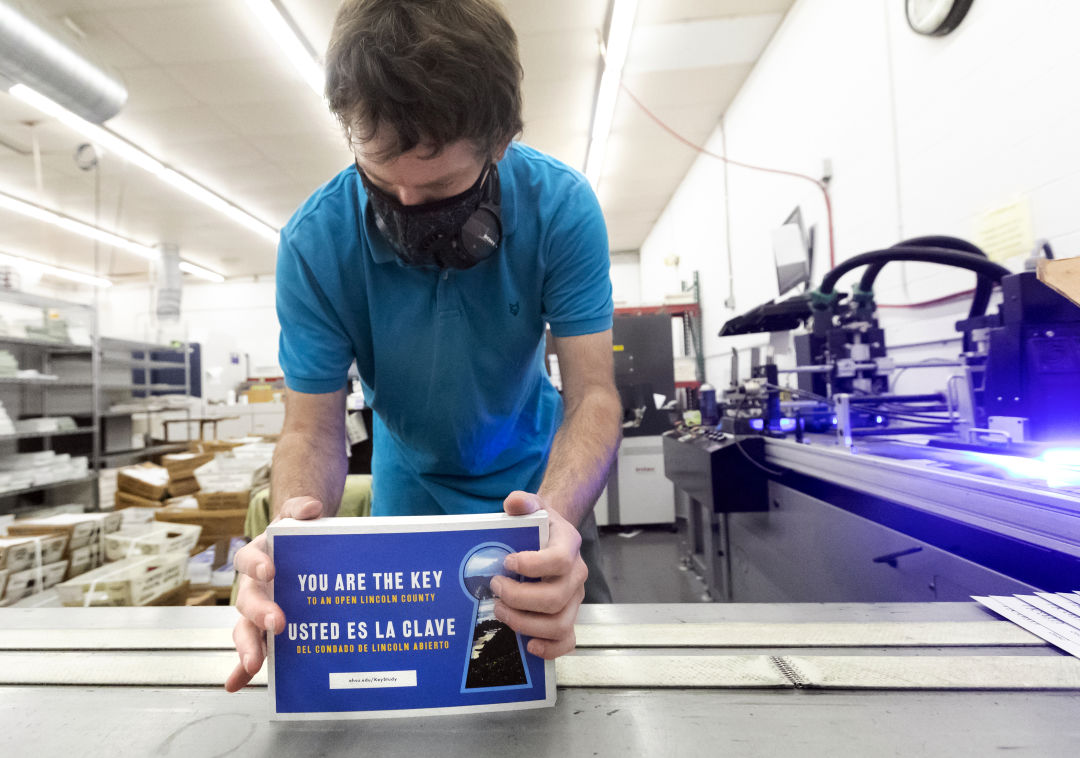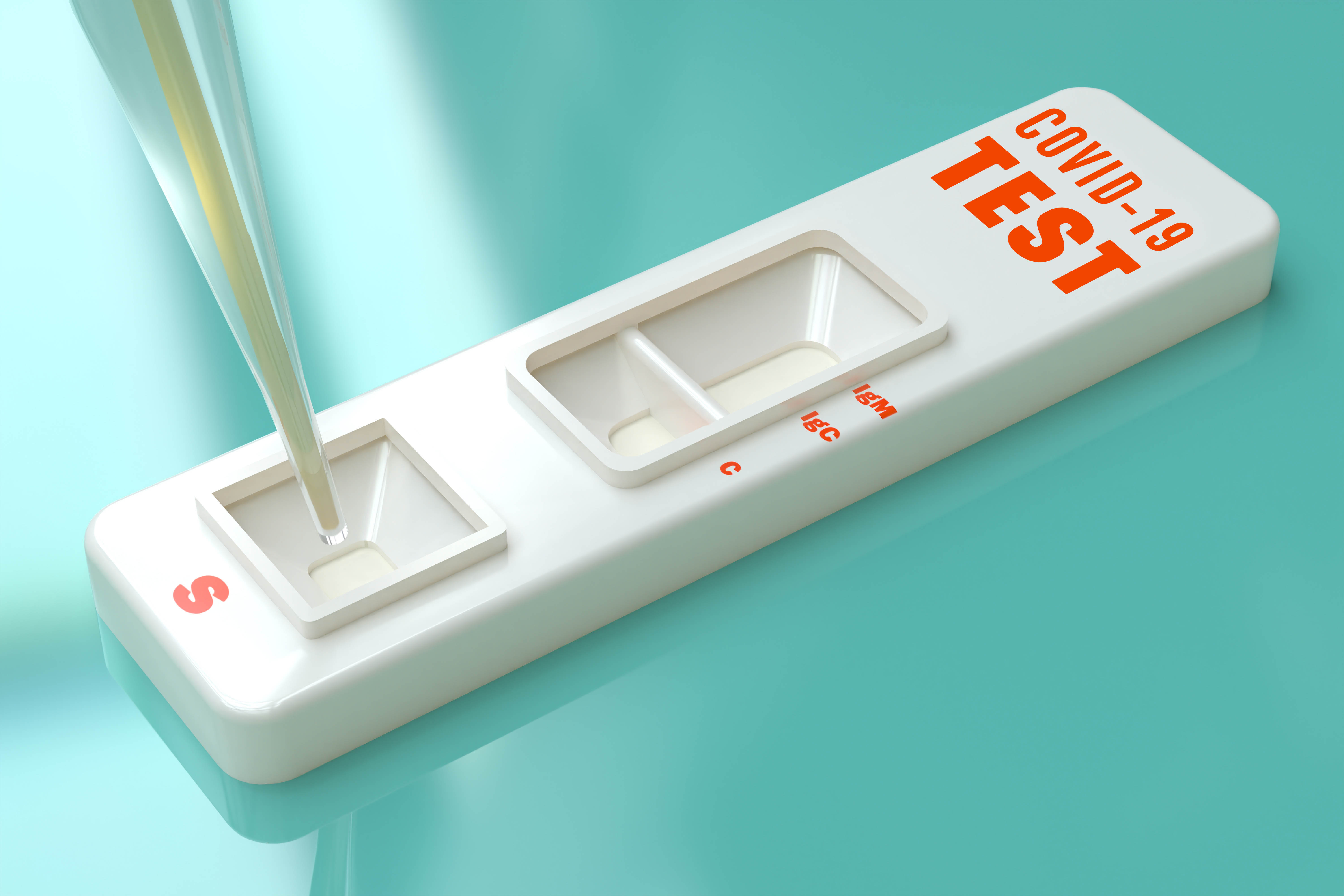Postcards From Pill Hill: New Study Aims to Pinpoint Coronavirus’s Presence in Oregon

Researchers at Oregon Health & Science University put the finishing touches on postcards that went out this week to Oregonians statewide, inviting them to participate in a research study to track the spread and reach of COVID-19.
Image: Courtesy OHSU
Trying to score an invite to the hottest ticket in town right now? Keep an eye on your mailbox.
This week, postcards will go out to 150,000 households around Oregon, inviting them to participate in a $6 million Oregon Health & Science University study aimed at tracking COVID-19's swath through the state.
The study—encouraging news for facts, science, and the off-chance that we might ever return to some kind of normal—is intended to help fill in some of the nagging blanks and unanswered questions that have been looming for months, like just how many Oregonians are asymptomatic (infected with the virus but feeling fine, and unknowingly spreading it to others as a result). Once we know that, scientists can offer a much more exacting estimation of the real rate of coronavirus infections statewide.
Those who receive a postcard this week will get a formal invite next week, with a PIN code to register as a participant on the study’s website. They can request Internet-connected Kinsa smart thermometers be shipped to their homes for daily temperature checks or use to use their existing thermometers and manually enter their own temperatures. (A fever is among the most common tells of coronavirus, according to the World Health Organization, with 90 percent of those who test positive reporting elevated temperatures.)
OHSU is hoping for enthusiastic participation rates and a “yes” rate of at least 66 percent (Sounds reasonable. Who among us doesn’t think it sounds good to have a team of highly experienced professionals at the state’s largest research university carefully monitoring their household’s health right now?)
Participants are selected purely at random, says Dr. Jackie Shannon, one of the lead investigators on the study, but your chances of being a part of it all are higher if you live in a more rural area, where researchers will be “oversampling” to make sure they have a large enough sample size to accurately reflect the population; the same is true for historically underserved communities of color around the state.
Once you’re in, you’ll need to take your temperature daily, so researchers can chart the results and monitor for emerging hot-spots, an important concern as Oregon prepares to allow more businesses to reopen. If you or someone in your household shows symptoms, you can request to have a home testing kit sent to you—no small consideration, given Oregon’s previously stringent rules around who was and wasn’t eligible for a test, which have been in limited supply nationwide.
There’s more! A subset of study participants will also get home testing kits mailed to them even if they don’t show symptoms, to help track the asymptomatic spread of the disease—useful if you’ve spent your quarantine wondering whether you are in fact one of the many people presumed to have or have had the virus but with only mild symptoms to show for it.
The hope is that survey participants will ready to activate their thermometers by the end of next week, Shannon says.
“A year from now, assuming there is not a vaccine, or even if there is, with this kind of information we will have learned a lot about how the virus is spreading so that we can really get on top of things,” Shannon says. “I would love to think that this can help with other types of diseases we deal with daily.”




